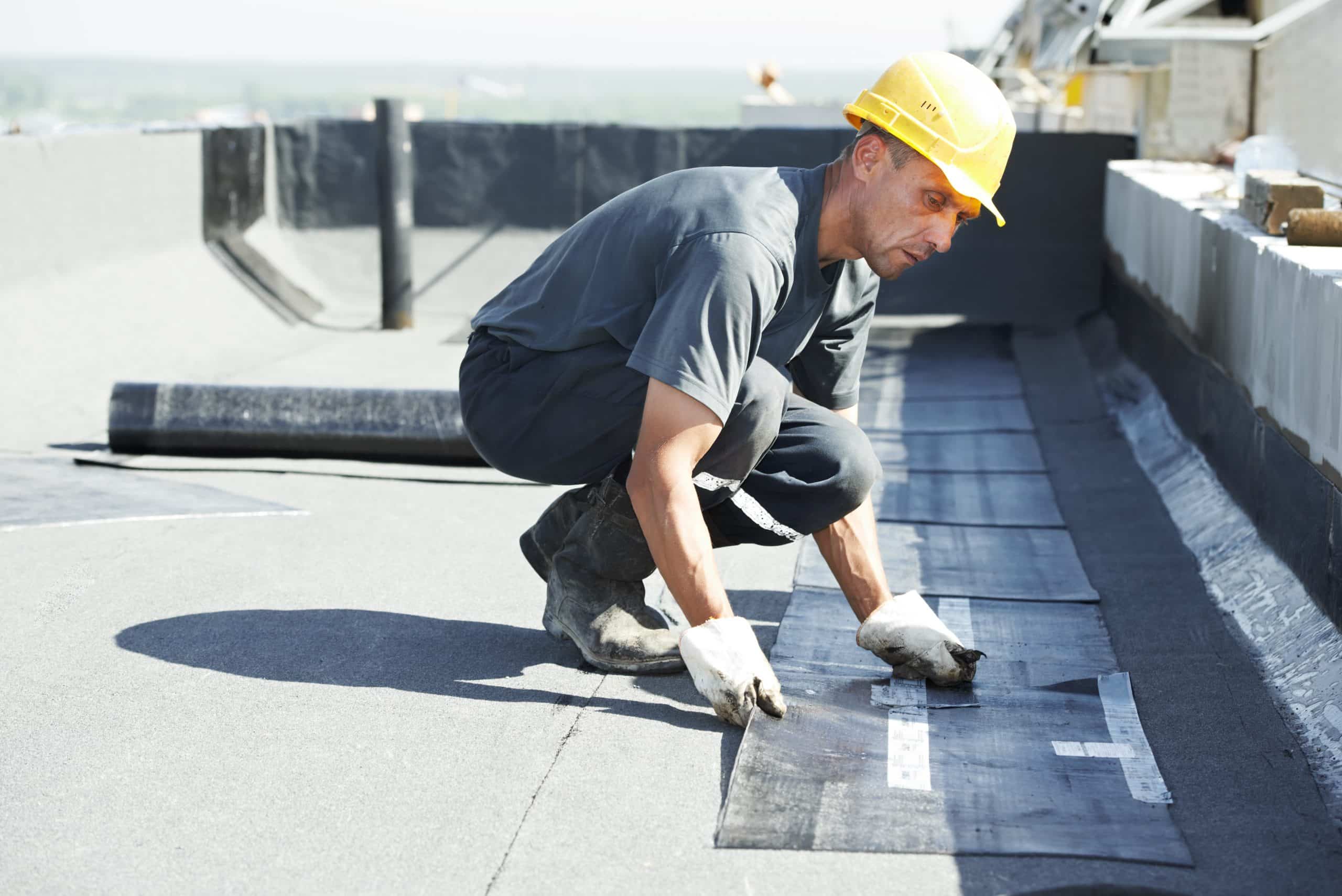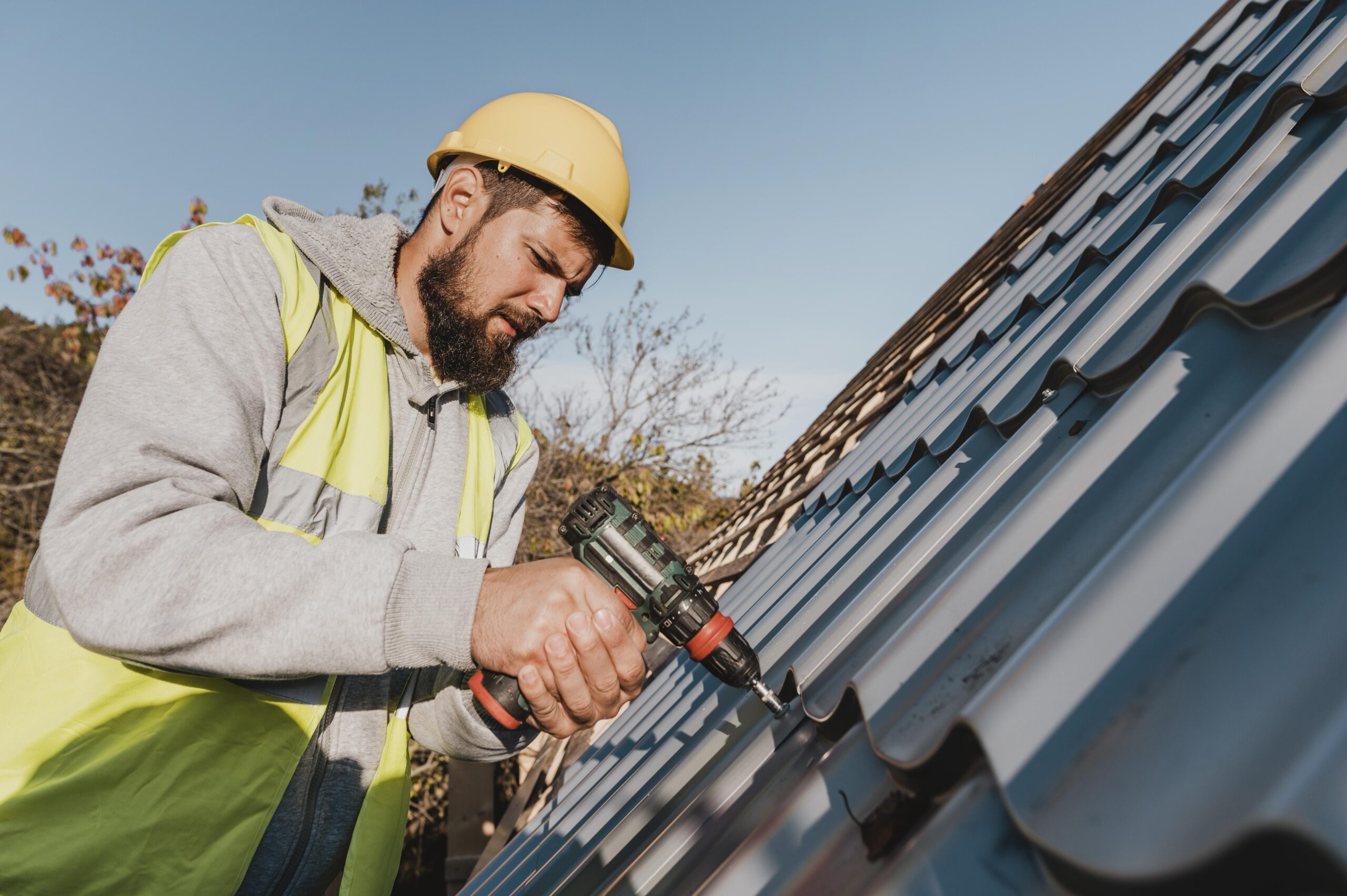Recognizing the Different Kinds Of Roofing Systems: A Comprehensive Overview for Homeowners
With a range of alternatives-- ranging from the standard gable to the modern level-- each type offers special advantages and challenges that ought to align with the homeowner's details demands and ecological considerations. As we explore the details of different roof types, it comes to be noticeable that one dimension does not fit all; the ideal option may surprise you.
Gable Roofing Systems
Saddleback roofs, defined by their triangular form, are among one of the most prominent roof designs due to their simplicity and effectiveness in shedding water and snow. This layout includes 2 sloping sides that fulfill at a ridge, enabling for effective drainage and reducing the danger of water accumulation. The steep pitch generally associated with saddleback roofs improves their capacity to manage hefty rainfall, making them suitable for various environments.
In addition to their practical advantages, saddleback roofs offer visual versatility. They can be adjusted to numerous building designs, from standard to contemporary homes. The design can likewise accommodate additional attributes such as dormer home windows, which boost natural light and ventilation in the attic space.
Furthermore, gable roofing systems give enough area for insulation, adding to power performance. Home owners can pick from a variety of roof covering products, including asphalt shingles, metal, and tiles, further boosting personalization choices.
In spite of their advantages, gable roofing systems might require added support in areas susceptible to high winds or heavy snowfall. Generally, the gable roof stays a popular selection as a result of its mix of capability, longevity, and aesthetic appeal.
Apartment Roofs
Level roofing systems are often identified for their minimal layout and useful applications, particularly in commercial and industrial setups (oahu roofing). These roof coverings include a horizontal or virtually horizontal surface area, which enables simple building and functional area utilization. While they may lack the aesthetic allure of angled roofs, flat roofings supply many advantages, especially in city environments where making best use of room is critical
Among the primary advantages of flat roofing systems is their accessibility. Homeowners can use the roofing area for numerous functions, such as roof yards, balconies, or solar panel installments. Additionally, level roof coverings are generally more economical to preserve and install contrasted to their sloped equivalents, as they need fewer products and labor.
Nevertheless, flat roofs do existing specific challenges. Proper water drainage is necessary to avoid water merging, which can result in leakages and structural damages. Therefore, choosing high-quality waterproofing products and routine assessments are essential for ensuring longevity. Typical products used for level roofings include built-up roof covering (BUR), modified asphalt, and single-ply membranes, each offering distinct benefits. On the whole, flat roofings function as a adaptable and practical selection for many house owners and businesses alike.
Hip Roof Coverings
Hip roofs are identified by their sloped sides that converge on top, developing a ridge. This design is distinctive from gable roof coverings, as all four sides of a hip roofing system slope downwards toward the wall surfaces, giving a much more steady framework. The angle of the slopes can vary, permitting flexibility in architectural appearances and performance.
One of the key advantages of hip roofs is their capacity to hold up against hefty winds and unfavorable climate condition. The sloped surfaces enable much better water drainage, reducing the danger of leakages and water damages. In addition, hip roofings offer boosted attic room room, which can be utilized for storage or perhaps exchanged habitable areas.
Nevertheless, building a hip roofing system can be a lot more costly and complicated than easier roof kinds, such as gable roofing systems. The added product and labor associated with creating the slopes and making sure appropriate architectural integrity can lead to greater expenditures. Despite these downsides, numerous homeowners prefer hip roof coverings for their durability, visual appeal, and potential for power effectiveness.
Mansard Roof Coverings
Mansard roofing systems, typically recognized by their unique four-sided layout, function two inclines on each side, with the lower slope being steeper than the upper. This building design, originating from France in the 17th century, is not just aesthetically appealing but practical, as it makes best use of the usable room in the top floorings of a building. The steep lower incline enables more headroom, making it an ideal selection for loft spaces or attic rooms, which can be converted right into living rooms.
Mansard roofings are identified by their versatility, suiting numerous architectural styles, from traditional to modern-day. They can be constructed with various materials, including asphalt shingles, slate, or steel, providing property owners with a variety of alternatives to match their spending plans and choices. In addition, the style enables for the combination of dormer windows, improving all-natural light and air flow in the top levels.
Nonetheless, it is important to think about the potential drawbacks. Mansard roofs may call for more maintenance because of the intricacy of their layout, and their high slopes can be challenging for snow and rain runoff. Overall, mansard roofing systems combine elegance with functionality, making them a prominent selection amongst house owners looking for unique architectural attributes.
Shed Roofings
As property owners progressively look for simplicity and functionality in their architectural designs, lost roofing systems have actually become a popular selection. Defined by a solitary sloping aircraft, a shed roof presents a minimal aesthetic that enhances numerous home designs, from contemporary to rustic.
Among the primary advantages of a shed roofing Source system is its simple building and construction, which often converts to lower labor and material prices. This design enables effective water drainage, minimizing the threat of leaks and water damages. Furthermore, the upright slope provides adequate room for skylights, enhancing natural light within the inside.
Lost roofings additionally supply versatility in terms of usage. They can be successfully incorporated into additions, garages, or exterior structures like structures and sheds. Additionally, this roof design can suit Look At This numerous roof materials, consisting of steel, asphalt shingles, or even green roof coverings, lining up with environmentally friendly initiatives.
However, it is necessary to think about regional climate problems, as heavy snow tons may necessitate adjustments to the roofing's angle or framework. In general, shed roofs present a practical and visually pleasing alternative for house owners seeking to make best use of capability without compromising design.
Verdict


Gable roofs, defined by their triangular form, are among the most preferred roof covering styles due to their simplicity and performance in losing water and snow. oahu roofing. The steep pitch frequently connected with gable roof coverings enhances their capacity to take care of heavy precipitation, making them suitable for numerous environments
While they might lack the aesthetic appeal of pitched roofings, level roofings supply many advantages, especially in urban settings where optimizing room is critical.
